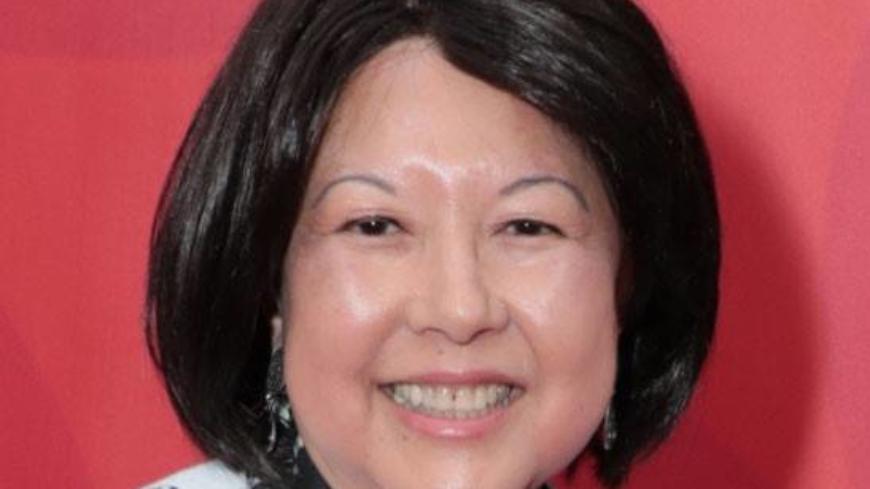[ad_1]
Irene Hirano Inouye dedicated her life to major philanthropic and social causes in America, but perhaps her greatest legacy is her role in strengthening the U.S.-Japan relationship, including support for Tohoku’s recovery and an initiative created to benefit young people in the aftermath of the earthquake.

A sansei, she served as the founding CEO and president of the Japanese American National Museum for 20 years. Her own family’s history in America was shaped by the country’s wartime internment of Japanese Americans, including her paternal grandfather and her aunts and uncles. In 2009, she became the founding president of the U.S.-Japan Council (USJC), which was established with her late husband, U.S. Sen. Daniel K. Inouye, and other prominent Japanese Americans to develop and connect diverse leaders in Japan and the United States.
Ten years ago, she was in Tokyo leading USJC’s Japanese American Leader s hip Delegation (JALD), a program that each year organizes a delegation of Japanese Americans to engage with top leaders in Japan. On March 11, the earthquake struck. A meeting scheduled between the 2011 JALD delegation and then-Prime Minister Naoto Kan was canceled and Inouye immediately shifted her attention. Within a day of the tragedy, she was actively exploring ways to support Japan’s devastated Northeast.
Inouye would soon launch the USJC Earthquake Relief Fund for Tohoku’s recovery efforts, raising $350,000 within the first 24 hours of the fund’s establishment. By the end of 2011, the fund grew to more than $2.5 million, with 100% of the donations sent to support Japanese nonprofit organizations, non-governmental organizations and programs dedicated to Tohoku’s aid. Within the USJC network, many Japanese Americans took on leadership roles within their local communities in fundraising and directing contributions from America. USJC’s leaders and board members visited Japan in subsequent months to partner and work with Japanese nonprofit organizations on the front lines.
USJC’s Tohoku relief efforts also yielded another one of Inouye’s signature achievements: the Tomodachi Initiative, a public-private partnership between USJC and the U.S. Embassy in Tokyo with the support of the Japanese government. The effort came on the heels of Operation Tomodachi, a joint mission between the U.S. military and Japan’s Self-Defense Forces to provide humanitarian aid in Tohoku. Inouye worked closely with then-U.S. Ambassador to Japan John Roos to create the Tomodachi Initiative, seeking to inspire young people in the region through unique exchange opportunities with the United States.
She developed partnerships with major corporations so that the Tomodachi Initiative could offer a number of programs, including career mentoring for young Japanese women, STEM education, and leadership skills for young people with disabilities. It would eventually expand beyond the Tohoku region to bring young Americans to study in Japan, making it a two-way exchange initiative. Inouye believed that empowering the “Tomodachi generation†was vital to the lasting friendship between the two nations. Ten years later, more than 9,000 young people have participated in over 300 Tomodachi Initiative programs.
After Inouye died on April 7, 2020, the Japanese government posthumously awarded her the Order of the Rising Sun, Gold Rays with Neck Ribbon, for her enduring contributions to the U.S.-Japan relationship, including USJC’s support for Tohoku and the next generation of Japanese and American leaders.
Download the PDF of this Bosai Special
[ad_2]
Source link






